Of all the species that frequented the River Don in medieval times, eels were by far the most sought after and most valued. Salmon in comparison were regarded as fare only for the poorest in society, but eels were what graced the tables of the gentry. Many of the most productive eel fisheries, for instance those in the fen areas in the tidal part of the river, were the preserve of monastic orders and those that exploited the fish stocks paid heavily for the privilege.
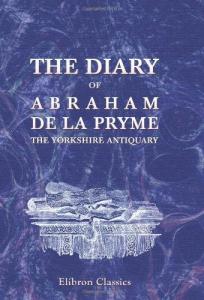
There is little doubt that the Don was an exceptional eel fishery. In his diaries written between 1701 and 1704 Abraham de la Pryme,the Vicar of Thorne, wrote the following words, referring to the lower part of the River Went which joins the Don close to Rawcliffe.
‘‘The river is no more than six yards wide but the crookedest and deepest that I have seen in my life. Every turn makes a great bog on the other side on which the water is thrown by the current and there is delicate fish therein. But such quantities of eels like was never seen. Sometimes there will break out or fall out from the hollow bank sides when the people are a fishing such knots of eels almost as big as a horse, that they break their nets’’.
He goes on to describe the annual elver runs which occurred at that time.
‘’Commonly every May such vast numbers of young eels comes over the water wheels with the waters and runs into the mills, that they are forced to give over working and send into town for the swine to devour them for they are as innumerable as sand grains on the seashore’’.
For those who are familiar with the lower Went de la Pryme’s description of the river could hardly be further from the truth. Land drainage works, carried out over the last couple of centuries, have reduced the river to little more than a featureless canal and whilst eels can be caught here, the numbers that he describes are almost beyond our imagination.
It is difficult to ascertain for how long after de la Pryme’s description was written that eel populations remained so abundant, but what we do know is that by the beginning of the 20th century, eels had been all but eliminated from the River Don and its major tributaries.
The gross pollution created by the emergence of the Don Valley as one of the largest and most important industrial sites in Europe, created conditions which were untenable to fish life and reduced the river system to little more than an open sewer for more than a century. To compound the situation for eels, weirs, sluices and pumping stations were built all along the river in an attempt to control flooding and to provide conditions suitable for navigation. These structures created a barrier to migration and as the efforts to control and reduce pollution began to take effect in the 1990’s, they prevented any natural recolonization from occurring.

Elements of the life cycle of eels still remain a mystery to us but what we do know is that the juvenile eels (elvers) appear around our shores in early spring and begin to move up rivers to find conditions suitable for their further development. They can remain in our rivers for up to twenty years and occasionally longer, but then begin their return migration to what is believed to be the Sargasso Sea of the coast of North America to reproduce. This unique life cycle presents problems when it comes to trying to rebuild eel populations. Whilst opening up opportunities for elvers to bypass obstructions is essential for the future of the populations, such action has to be recognised as a long term strategy.
One of the first issues tackled by DCRT following its formation in 2006 was to look at how we could perhaps speed up this process. The small numbers of elvers which would be entering the river initially would take 15 to 20 years to mature and it would be at least a further year before their progeny returned back to the rivers of the UK. What is still unclear is whether these juveniles return to the river from which their parents emerged in the same way as salmon do but it was clear that any support for this process would be beneficial.
A further problem was that the runs of elvers entering Europe’s rivers had shown a marked decline to the extent that it was estimated the populations were down to only 10% of the historic levels. New legislation had to be introduced to control exploitation and one of the actions required a proportion of the commercial elver fishery catch to be made available for selective restocking of suitable waters. The Trust saw an opportunity to become involved in this process and selected a number of sites on the River Dearne including Old Moor Bird Sanctuary and Bolton Ings Nature Reserve. These sites provided the conditions conducive to eel development, being quite shallow and productive with ample reed and weed cover. In order to ensure the eels had freedom of movement, when required, sluices which controlled water levels into and out of the sites were also adapted.
In total more than 100,000 elvers were introduced into sites on the Dearne and Don and subsequent capture of stocked eels has shown rapid growth rates. The population of eels in the River Dearne itself has also shown a marked improvement indicating that the adapted sluices are working as required.
Restocking of young eels presented an opportunity for the Trust to involve the public in its work and to re-engage people with their local rivers. During 2014/15 more than 20 schools were offered the chance to have tanks of elvers in their classrooms and to care for them and feed them for up to 2 months. The children were then invited to release them into local waters. A further 60,000 young fish were released this way. The enthusiasm shown by the children who participated was wonderful to witness and almost all of them took the opportunity to physically handle the fish as they were released into the waters. This experience will no doubt live with the children for the rest of their lives and help to engender a better appreciation of the value of their local river environments.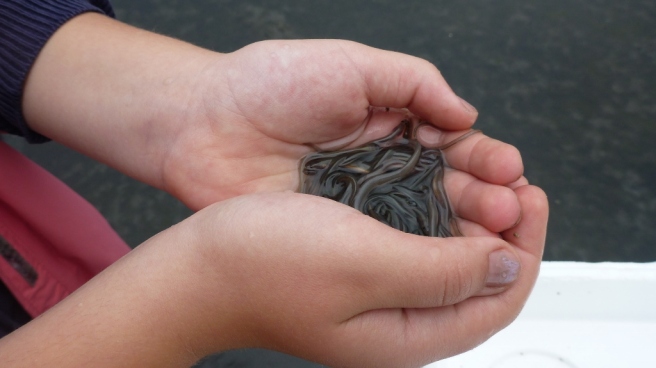
The huge changes that have taken place to the physical structure of the River Don and its tributaries mean that we will never again witness the amazing sights described by de la Pryme but we like to think that our actions have helped to secure a future in our local rivers for these fascinating creatures.
Chris Firth MBE





















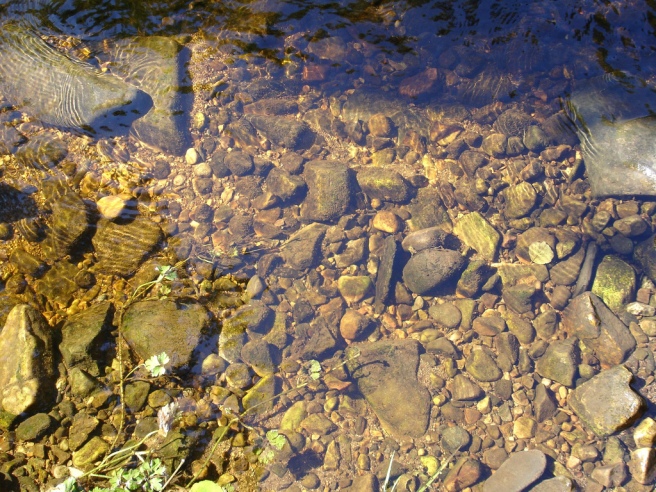 A boring brown riverbed?
A boring brown riverbed? 

 One of Dr Dave Chandler’s diatoms taken from his laboratory experiments (false colour image).
One of Dr Dave Chandler’s diatoms taken from his laboratory experiments (false colour image).
 project has now been up and running for 12 months and what a year it’s been!
project has now been up and running for 12 months and what a year it’s been!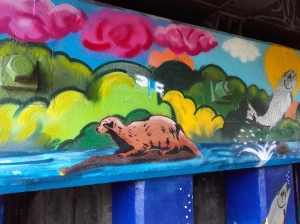


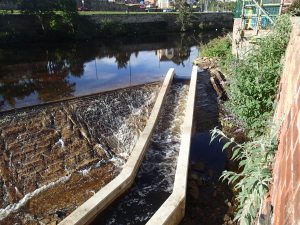 Our programme of works to install
Our programme of works to install 
 To entice you further to visit the river Josh, our apprentice has been laying geocaches designed to help our wonderful salmon trackables to navigate the river and back to the sea.
To entice you further to visit the river Josh, our apprentice has been laying geocaches designed to help our wonderful salmon trackables to navigate the river and back to the sea.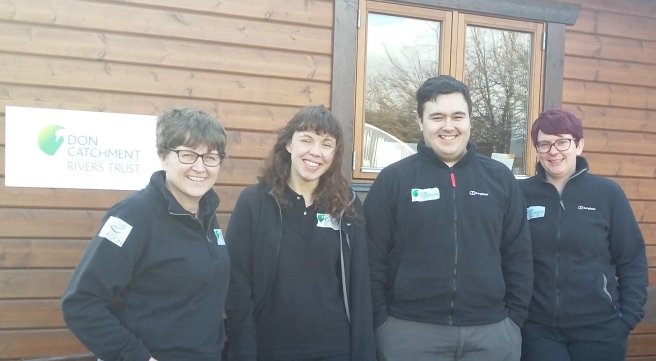

You must be logged in to post a comment.